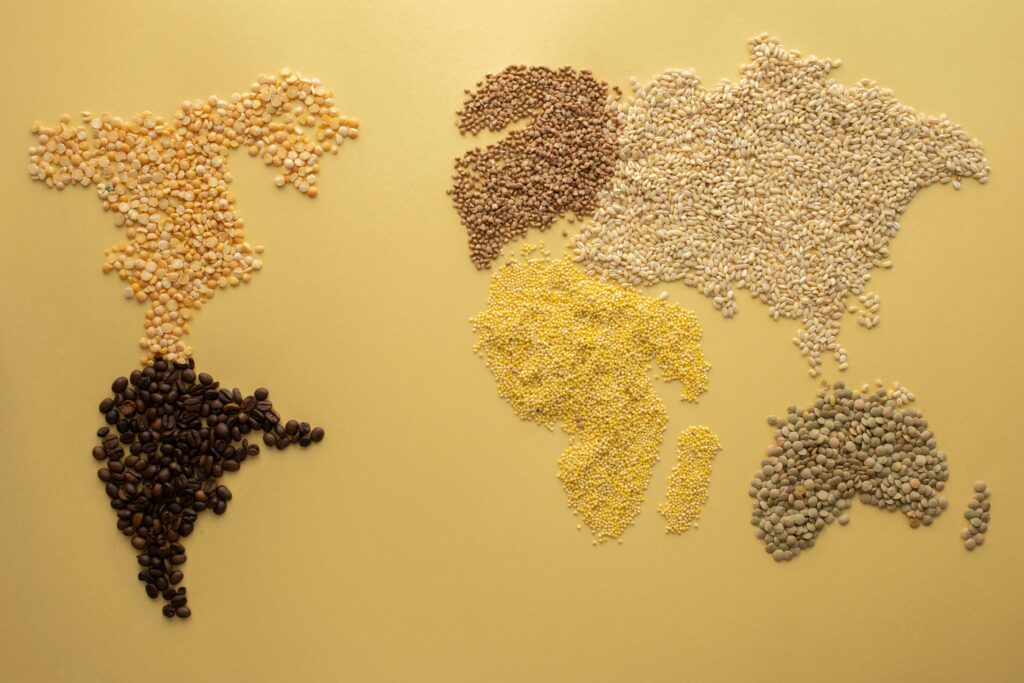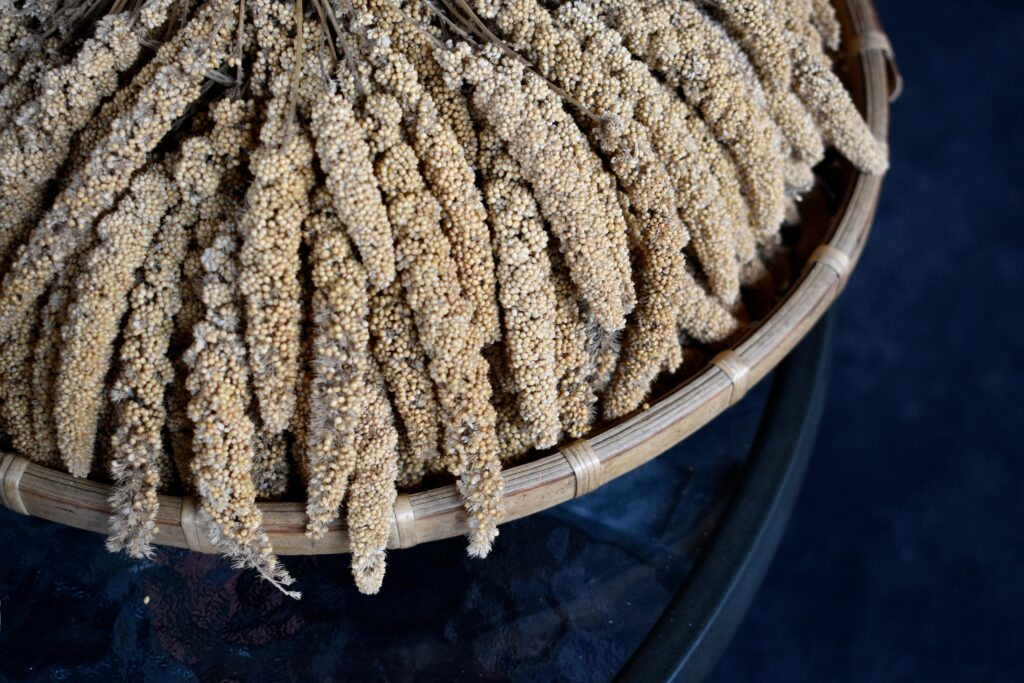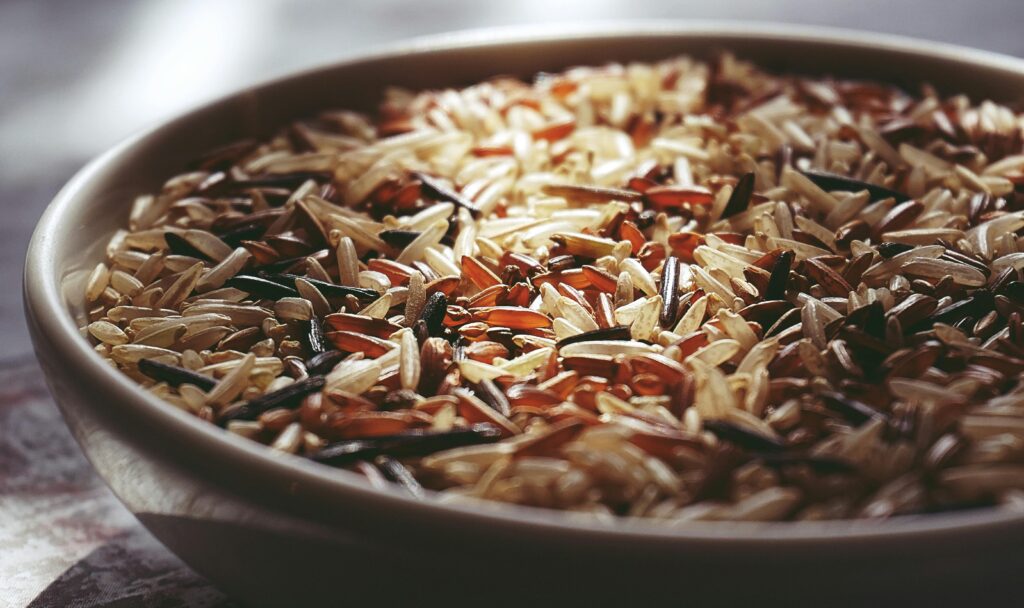As people become more health conscious, the question arises: is it safe to eat millets instead of rice every day? Millets and rice are staple grains in many parts of the world, each offering unique nutritional profiles and health benefits. Understanding the differences between these grains and their impact on our health is crucial for making informed dietary choices.

Table of Contents
Nutritional Comparison
Macronutrients
Carbohydrates
Millets and rice are both rich in carbohydrates, which are the primary source of energy for the body. However, the type of carbohydrates they contain differs. Millets generally have a lower glycemic index compared to rice, meaning they release glucose more slowly into the bloodstream, which can be beneficial for blood sugar management.
Proteins
Millets contain more protein than rice, making them a better option for those looking to increase their protein intake. This can be particularly beneficial for vegetarians and vegans who need plant-based protein sources.
Fats
Both millets and rice are low in fat, but the fat content in millets is slightly higher. However, the fats in millets are mostly healthy, unsaturated fats that can contribute to overall health.
Vitamins
Millets are rich in several vitamins, including B vitamins like niacin, B6, and folic acid, which are essential for energy production and brain function. Rice, particularly white rice, is less nutrient-dense but enriched rice can provide some B vitamins.
Minerals
Millets have a higher mineral content compared to rice. They are particularly rich in magnesium, phosphorus, iron, and potassium. These minerals are crucial for various bodily functions, including bone health and oxygen transport.
Fiber Content
Millets are high in dietary fiber, which aids in digestion and helps maintain a healthy gut. In contrast, white rice has very little fiber, while brown rice contains more but still less than most millets.
Health Benefits of Millets

Rich in Antioxidants
Millets contain phenolic compounds and antioxidants that help fight oxidative stress and reduce inflammation in the body.
Low Glycemic Index
The low glycemic index of millets makes them an excellent choice for individuals with diabetes or those looking to manage their blood sugar levels.
Heart Health
Millets are known to support heart health by reducing cholesterol levels and improving overall cardiovascular function.
Weight Management
The high fiber content in millets promotes satiety, which can help with weight management by keeping you fuller for longer periods.
Digestive Health
Millets’ fiber content also supports a healthy digestive system, preventing constipation and promoting regular bowel movements.
Health Benefits of Rice

Source of Energy
Rice, especially white rice, is an excellent source of quick energy due to its high carbohydrate content. This can be particularly useful for athletes and individuals with high energy needs.
Easy to Digest
Rice is easy to digest and is often recommended for individuals with digestive issues or those recovering from illness.
Gluten-Free Grain
Rice is naturally gluten-free, making it a safe option for people with celiac disease or gluten sensitivity.
Versatility in Cooking
Rice is highly versatile and can be used in a wide variety of dishes, from savory to sweet, making it a staple in many cuisines around the world.
Potential Drawbacks of Consuming Millets Daily
Phytates and Their Impact
Millets contain phytates, which can bind to minerals and reduce their absorption in the body. This can potentially lead to deficiencies if millets are not properly prepared.
Goitrogens and Thyroid Health
Some millets contain goitrogens, which can interfere with thyroid function. This is particularly a concern for individuals with preexisting thyroid conditions.
Digestive Issues
While the high fiber content in millets is generally beneficial, it can cause digestive issues like bloating and gas in some people, especially if consumed in large quantities.
Potential Drawbacks of Consuming Rice Daily
High Glycemic Index
White rice has a high glycemic index, which can cause spikes in blood sugar levels. This is a concern for people with diabetes or those trying to manage their blood sugar.
Arsenic Content
Rice can accumulate arsenic from the soil and water, which can pose health risks over time if consumed in large amounts. Brown rice tends to have higher arsenic levels than white rice.
Lack of Nutrient Diversity
Relying solely on rice can lead to a lack of nutrient diversity in the diet, potentially leading to deficiencies in certain vitamins and minerals.
Who Should Consider Millets Eat Millets Instead of Rice Every Day?
Diabetics and Blood Sugar Management
Millets’ low glycemic index makes them a suitable choice for diabetics and individuals looking to manage their blood sugar levels more effectively.
People with Gluten Sensitivity
As a naturally gluten-free grain, millets are an excellent alternative for those with gluten intolerance or celiac disease.
Individuals Aiming for Weight Loss
The high fiber content in millets can aid in weight loss by promoting a feeling of fullness and reducing overall calorie intake.
Who Might Prefer Rice Over Millets?
People with Certain Digestive Issues
Rice is easier to digest and is often recommended for individuals with digestive problems or sensitive stomachs.
Athletes and High-Energy Needs
The quick energy release from rice can be beneficial for athletes and those with high physical activity levels.
Those with Thyroid Conditions
Individuals with thyroid conditions might prefer rice over millets to avoid the potential goitrogenic effects of certain millets.
Integrating Millets into Your Diet
Different Types of Millets
There are several types of millets, including pearl millet, finger millet, foxtail millet, and sorghum. Each type has unique nutritional benefits and can be used in various recipes.
Cooking Methods
Millets can be cooked in several ways, such as boiling, steaming, or roasting. They can be used as a base for salads, porridges, and even baked goods.
Recipe Ideas
Try incorporating millets into your diet with recipes like millet porridge, millet salads, millet-based flatbreads, and millet pilaf. These recipes can add variety and nutrition to your meals.
Balancing Both Millets and Rice
Creating a Balanced Diet
Incorporating both millets and rice into your diet can provide a balanced intake of nutrients. This approach can help you enjoy the benefits of both grains while minimizing potential drawbacks.
Portion Control Tips
Pay attention to portion sizes to ensure you’re not over-consuming either grain. Balance your plate with vegetables, proteins, and healthy fats to create a well-rounded meal.
Combining with Other Grains and Foods
Mixing millets and rice with other grains like quinoa or barley, and incorporating a variety of vegetables and proteins, can enhance the nutritional value of your meals.
Conclusion
Eat Millets Instead of Rice Every Day can be safe and beneficial, especially for those looking to manage blood sugar levels, increase dietary fiber, or avoid gluten. However, it’s important to consider individual health needs and potential drawbacks. A balanced approach that includes both millets and rice, along with a variety of other foods, can help ensure a nutrient-rich diet.
FAQs
Can millets completely replace rice?
While millets can replace rice in many dishes or we can Eat Millets Instead of Rice Every Day, it’s best to include a variety of grains in your diet to ensure a wide range of nutrients.
Are there any side effects of eating millets daily?
Consuming millets daily can lead to digestive issues in some people and may interfere with thyroid function if not properly balanced with other foods.
How do I cook millets to make them taste better?
Cooking millets with broth, adding spices, or incorporating them into flavorful recipes like salads and pilafs can enhance their taste.
Is it okay to mix millets and rice in meals?
Yes, we can Eat Millets Instead of Rice Every Day but mixing millets and rice can provide a balance of nutrients and add variety to your meals.
Which millet is best for everyday consumption?
Pearl millet and finger millet are popular choices for daily consumption due to their nutritional benefits and versatility in cooking.
